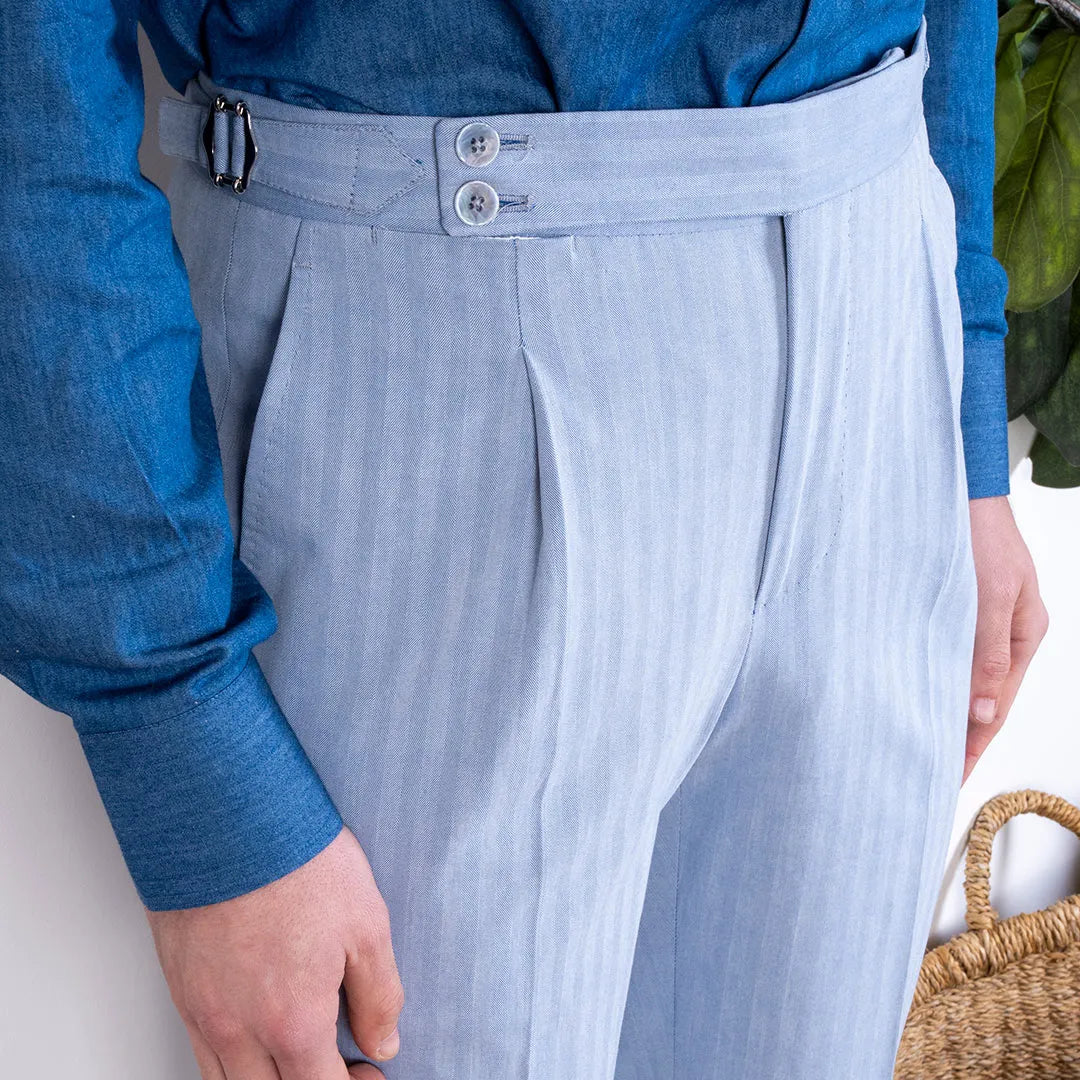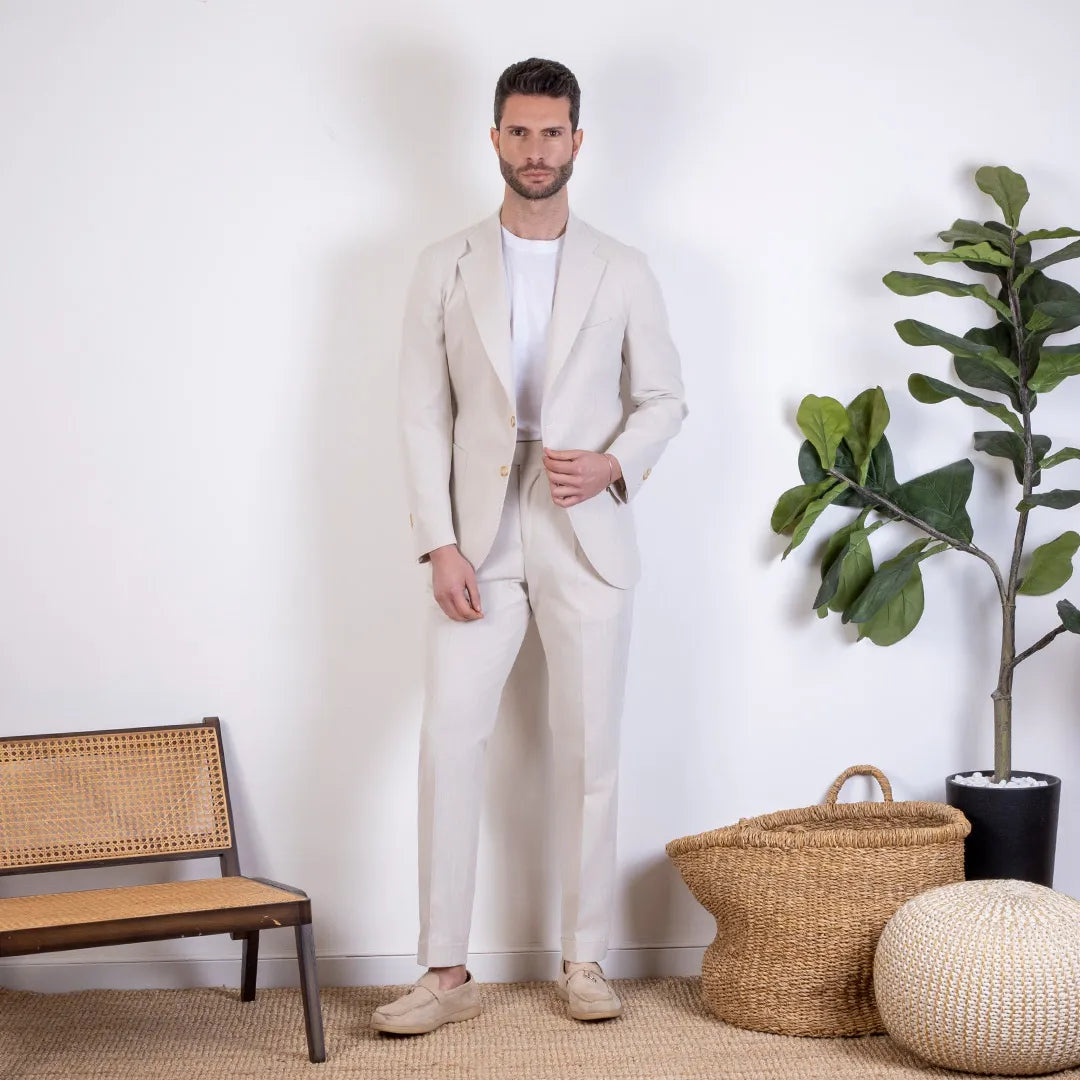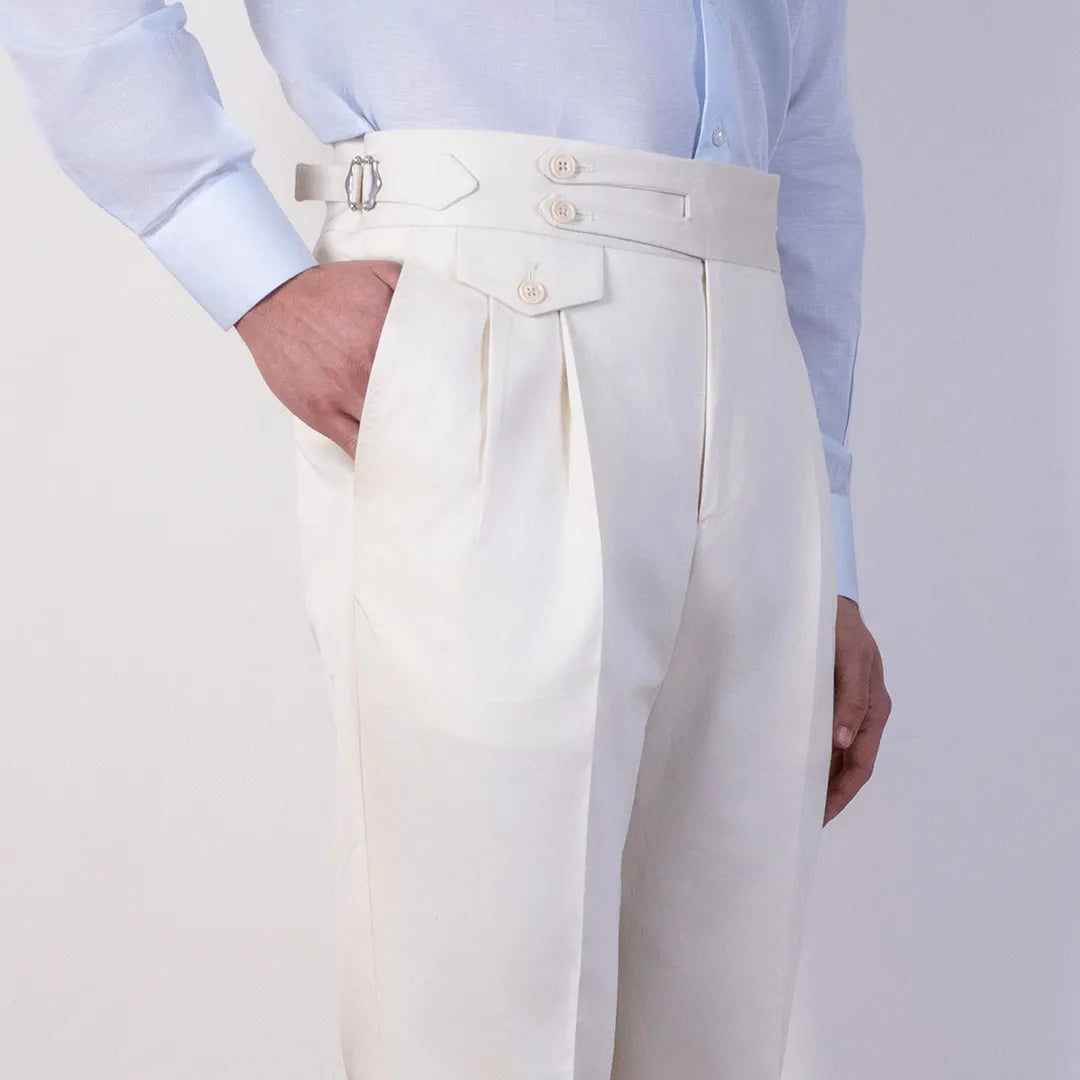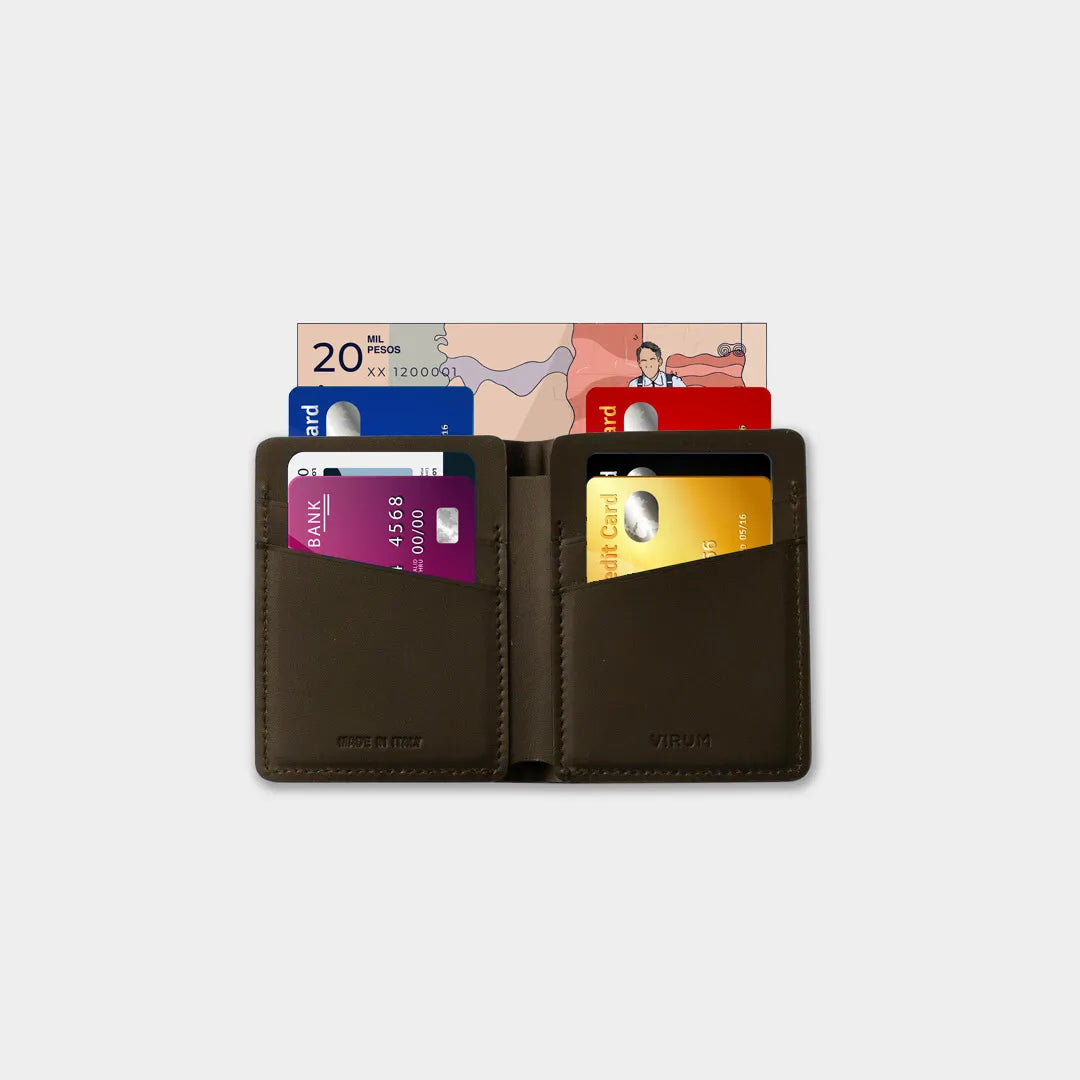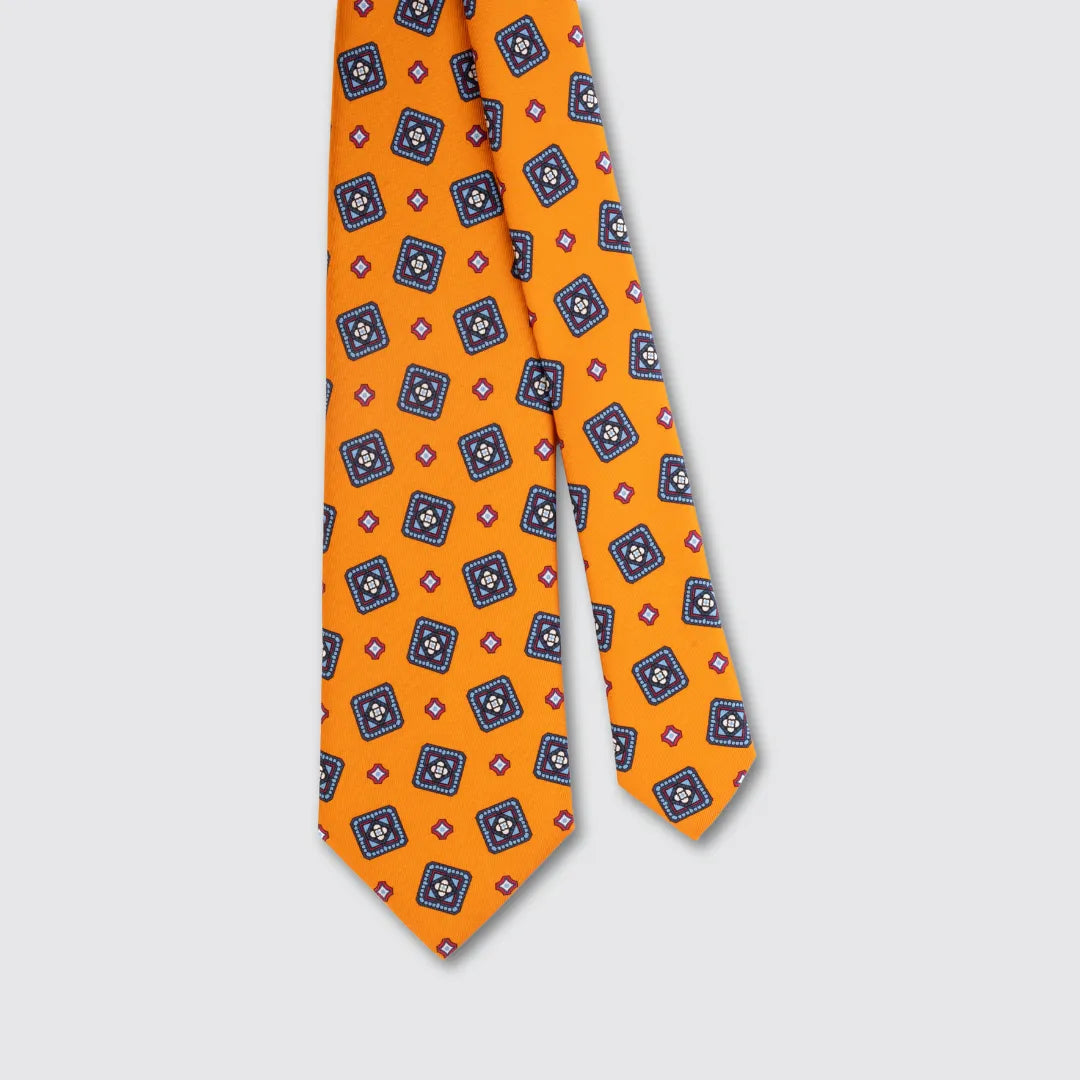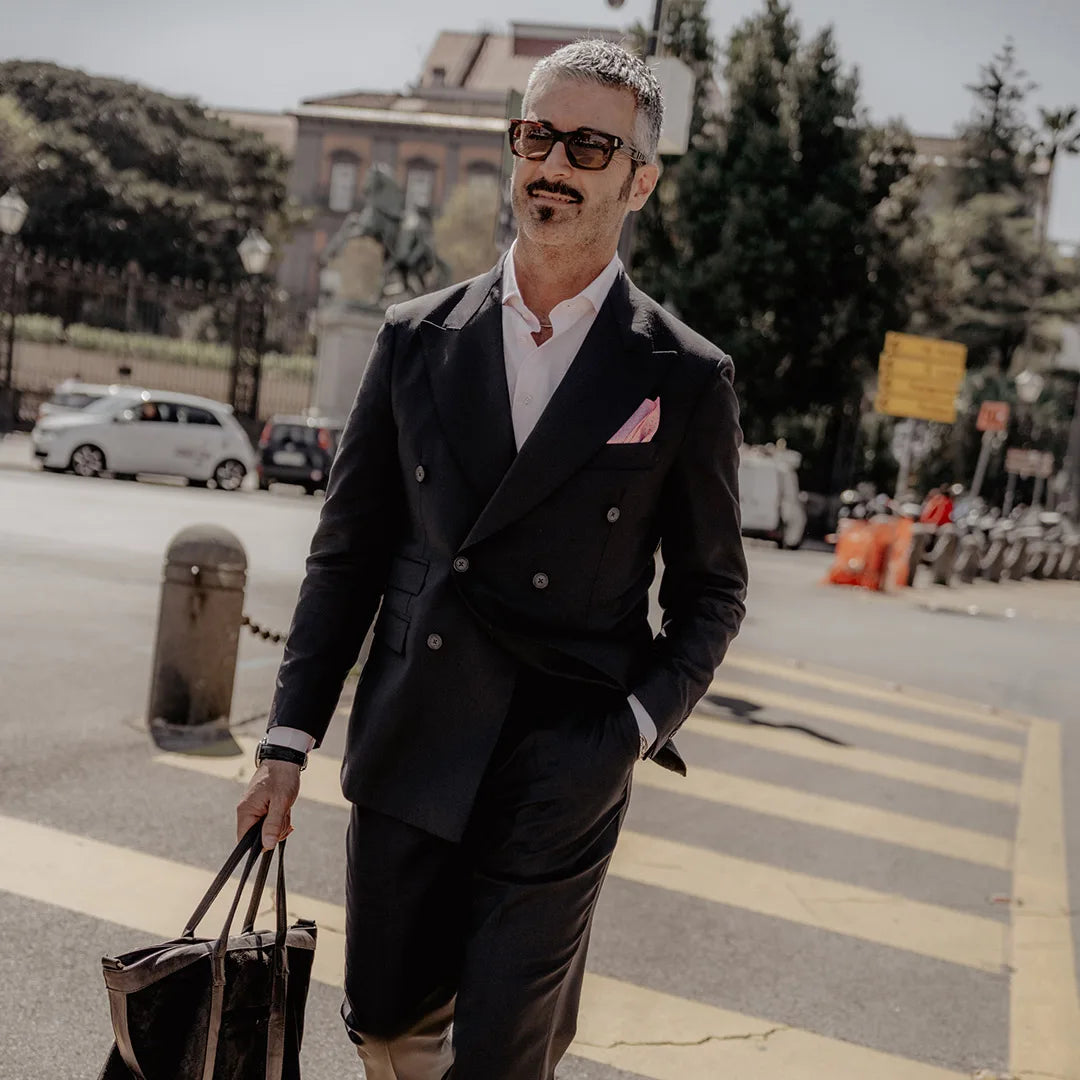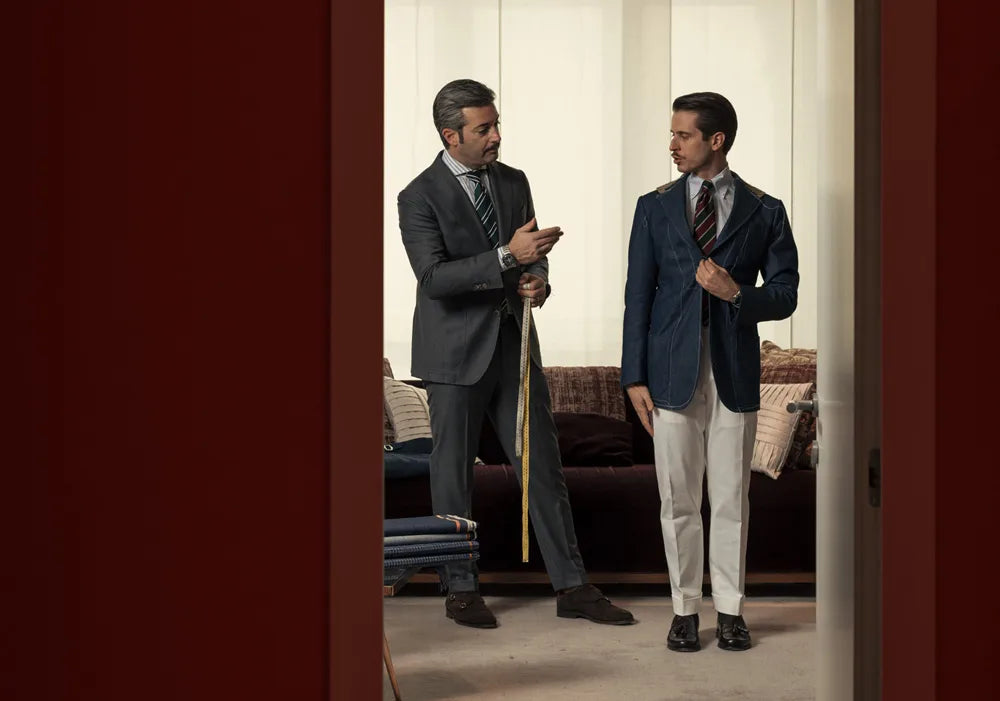In Roman times it was a light garment, made of linen or byssus, to be worn strictly under the tunic and was shown only through the cuts in the sleeves of the garment.
It had several purposes: to be worn during the shared bath between a man and a woman so as not to show their respective nakedness, to separate the naked body from heavy clothing and to form a barrier against unclean skin.
From the end of the 17th century , when it was decorated with lace, it became a status symbol that divided the aristocracy from the plebs, who in turn, often wore it as their only dress.
In much more recent times, the shirt could indicate membership in a political idea: the red shirts of Garibaldi's followers, the black ones of the fascists and the brown ones of the Nazis.
Today, however, the shirt has become an essential item in the wardrobe of men and women around the world. Its elegant, sophisticated and multifaceted shapes make it an essential item.
So essential that it must be studied and produced down to the smallest details.
In fact, all those who have a deep-rooted cult of the shirt cannot help but wear a garment that is perfect in its fabrics and finishes .
At Virum we know people's passion for Italian tailoring and we have made excellence our mission:
Our “ ready-to-wear ” men's shirts are in fact made in the same way and with the same care as our made-to-measure shirts.
Think that our Neapolitan tailors carry out the creation of the shirts by performing eight steps by hand in order to make each garment they produce special.
Let's briefly tell you what these eight fundamental moments are in the creation of our shirts.
The hand passages
The first step concerns the buttons , strictly in mother-of-pearl, which are expertly sewn by hand respecting the Neapolitan tailoring tradition which includes the use of the 'giglio stitch' technique.
The next step is the hand-sewing of the buttonholes , a detail of no small importance to the attentive eye of the tailoring enthusiast, which requires a lot of attention and experience.
The third and fourth are the riveting , done entirely by hand, of the back and front flap. This step gives a very elegant embroidery to the garment but also a better ironing quality.
Then we move on to the mouche , or fly, that is, the piece of fabric that joins the back to the front. This ensures the shirt is sturdy.
The sixth step is to fit the shirt on the shoulder. For this reason we apply the ' quarter shoulder ' by hand, in order to eliminate the tension that a traditional machine stitching creates.
The penultimate step is the hand-sewn beam on the internal faux fur.
The ninth and final hand stitching step is on the armhole , where a double wide stitching is performed and its aim is to make the garment extremely adaptable to the customer's body.

These nine steps are the practical exemplification of our passion for this type of garment and for the sartorial excellence that concerns it. They contain all the care that we and our tailors pour into our work.
Ours is a “ Made to order ” product, that is, made to order based on the fabrics available.
If you are interested in trying them for yourself or ordering them for your shop, contact us !
